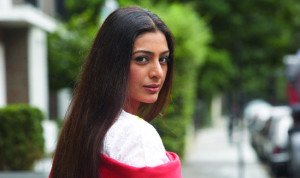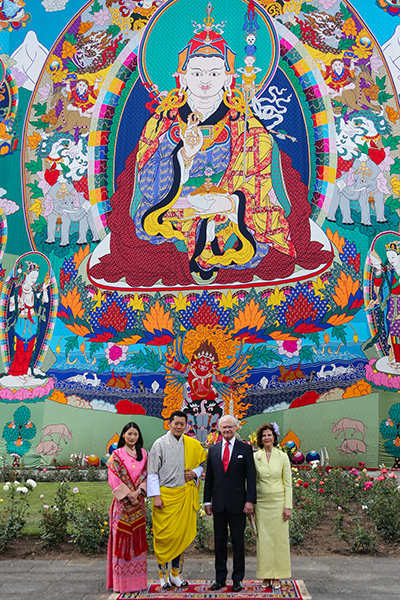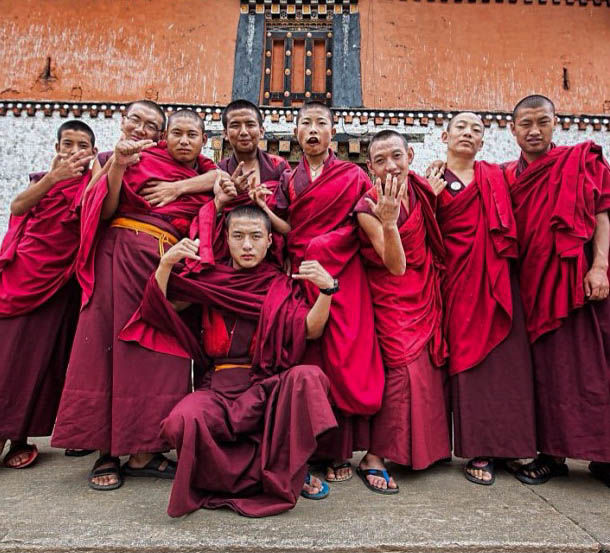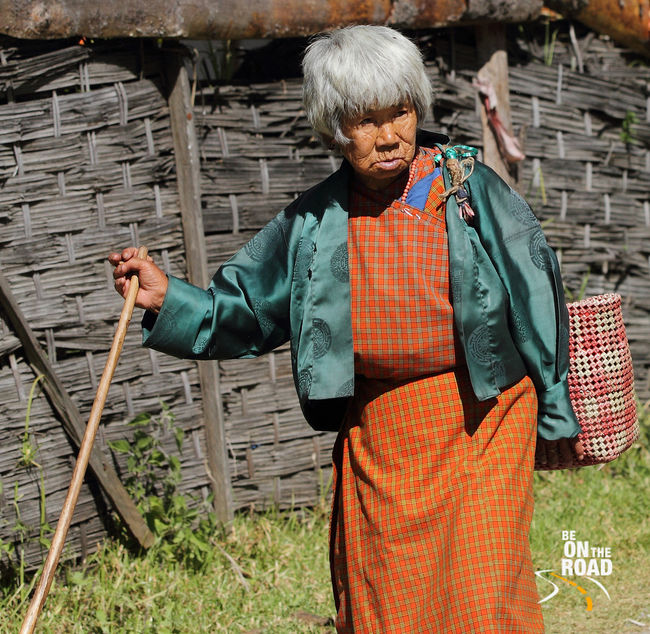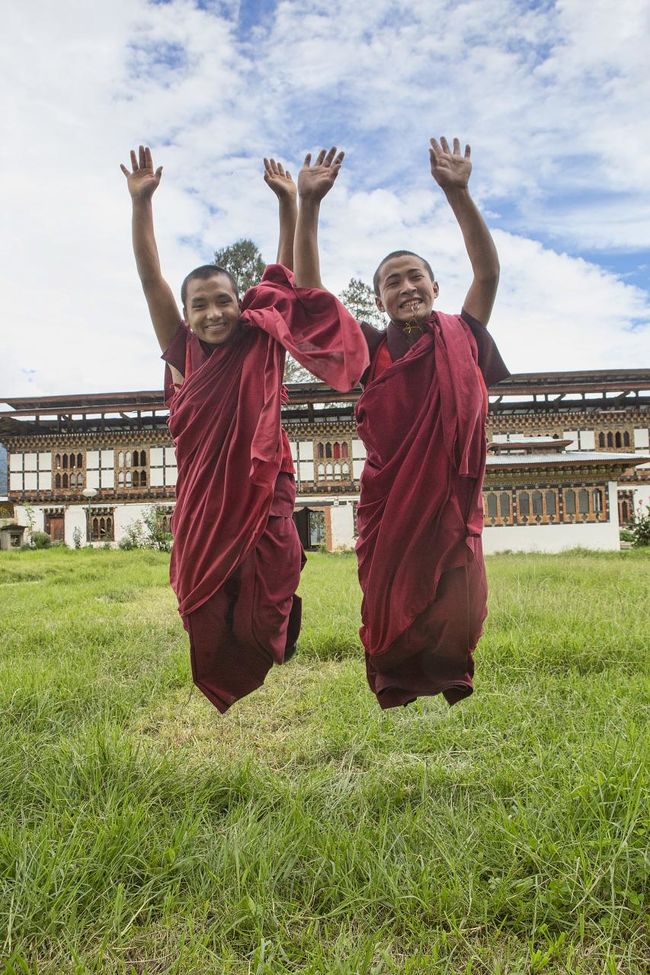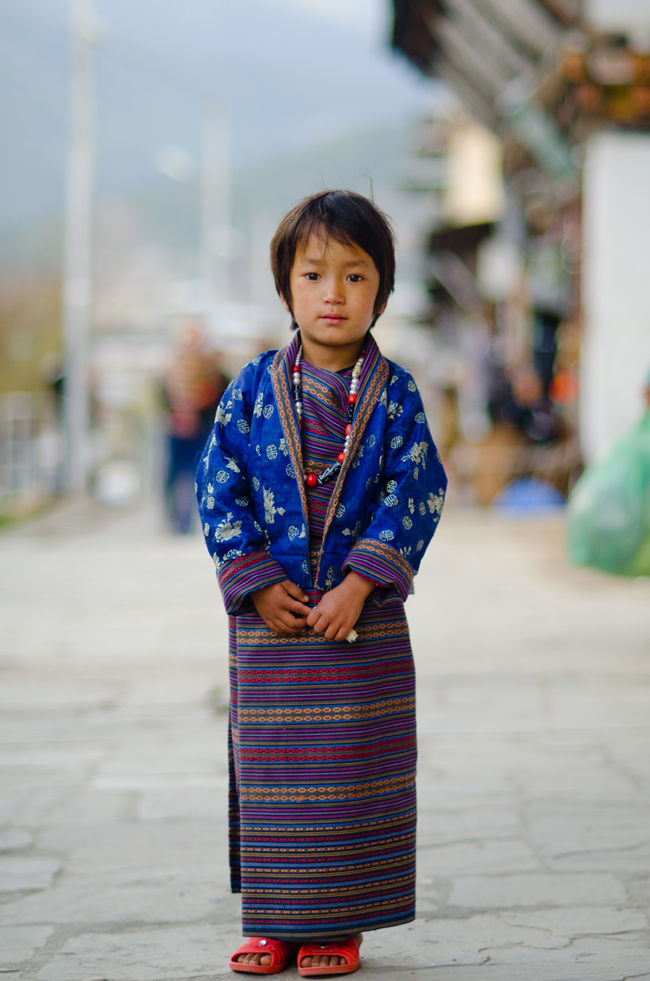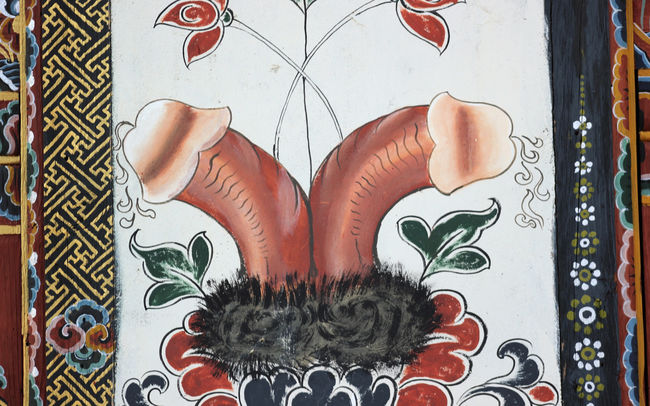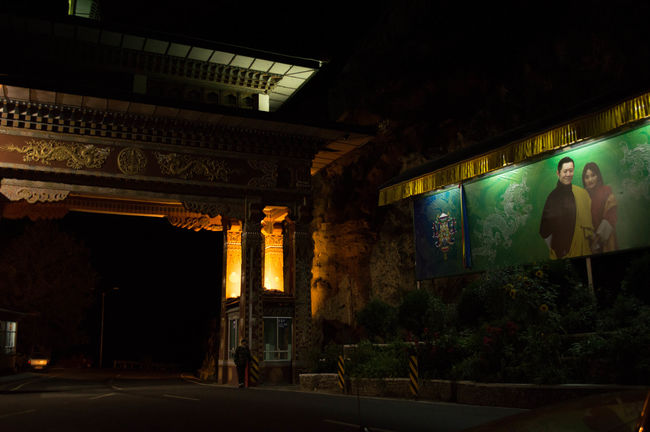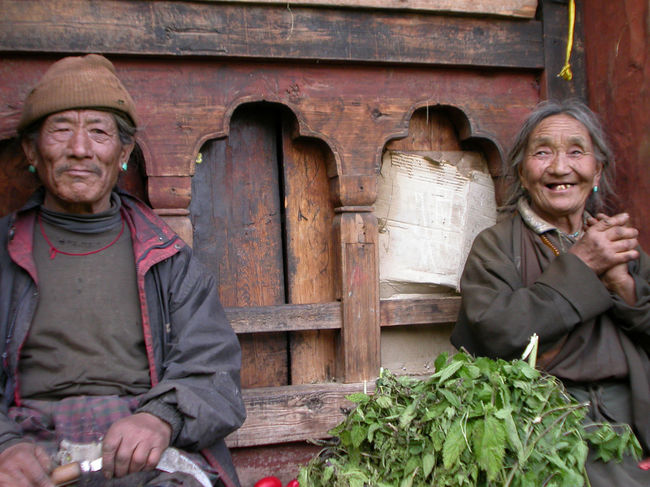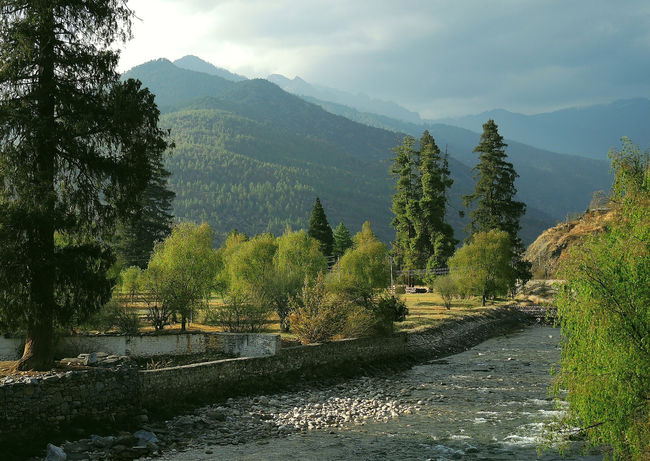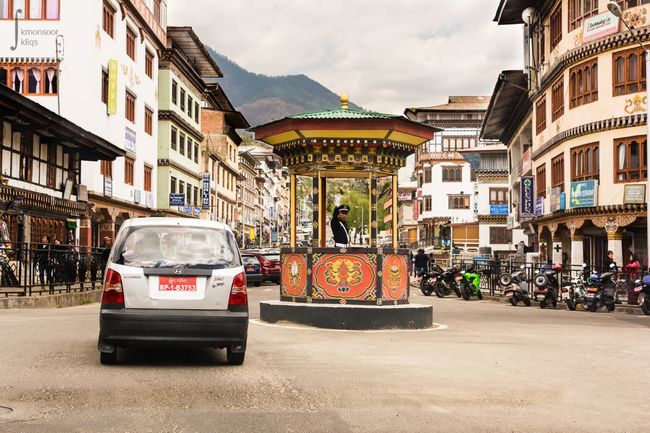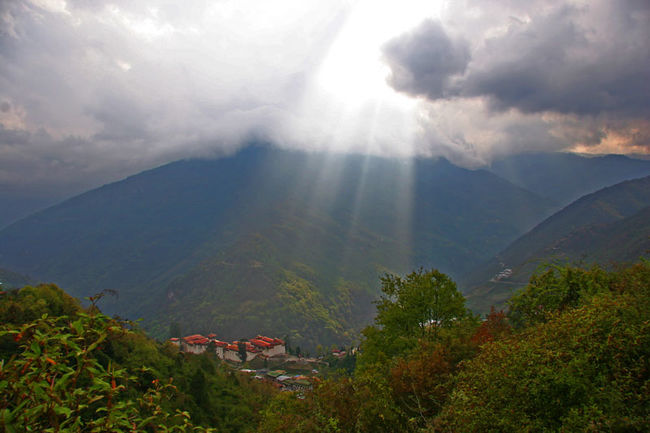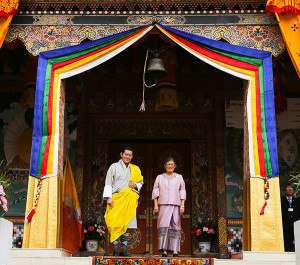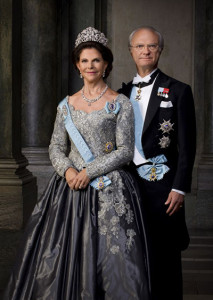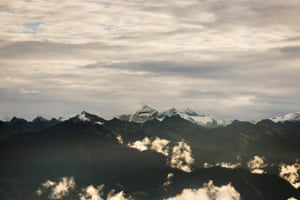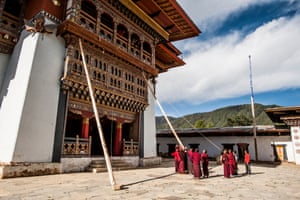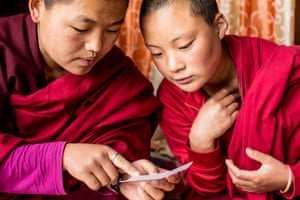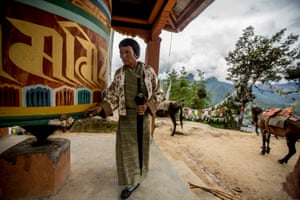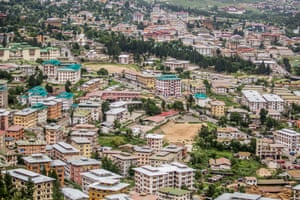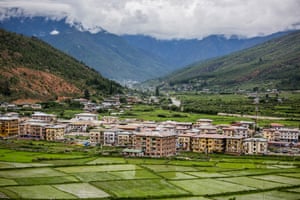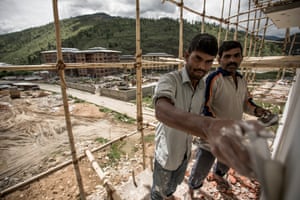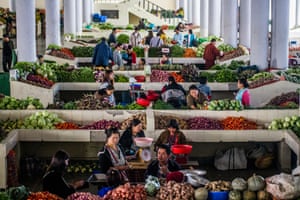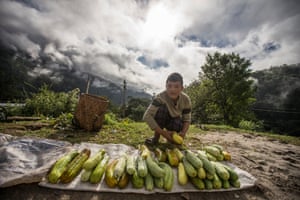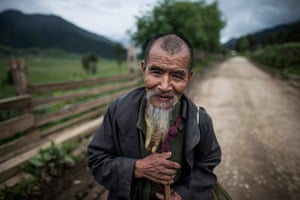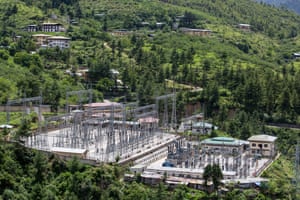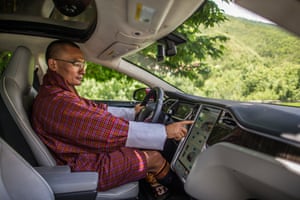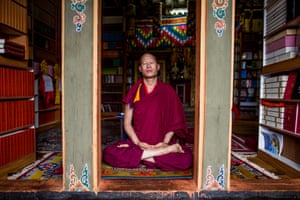THE WORLD’S SAFEST HOLIDAY DESTINATIONS
5 Of The World’s Safest Holiday Destinations
It feels like every time we switch on the news these days, we come across a new story about another atrocity committed somewhere in the world. For those already a little bit anxious about straying too far from home, this hardly fills you with the confidence needed to spread your wings and explore. It’s definitely not all doom and gloom, however, and we cannot allow fear to win out. Let this breakdown of some of the world’s safest holiday destinations inspire you to go out and discover somewhere new this summer.
The places below are not only recognised as being some of the safest holiday destinations in the world in general, but most of them have also been recommended for women travelling alone.
Iceland
This Nordic island country comes out on top of the world’s safest holiday destinations according to a report in the Independent newspaper. Iceland is currently enjoying a collective high. The national football team qualified for its first ever major championships this summer and exceeded all expectations. Despite having a population of under 400,000 people, Iceland got through to the quarterfinals and beat England on their way.
With the people of Iceland probably feeling happier than usual, now is the ideal time to pay this fascinating place a visit. With amazing nature, the Aurora Borealis, active volcanoes, hot springs, and one of the world’s coolest cities in Reykjavik, Iceland has something for everyone. This is also the most sparsely populated country in Europe, making it perfect for those who just want to get away from it all.
Its location close to the arctic circle means that in the summer, Iceland can get more than an incredible 20 hours of sunlight every day. This rare treat must be great to experience, but you may want to invest in a sleeping mask before heading off. One little warning though; happiness and safety does come at a bit of a price. Iceland is notoriously expensive for tourists, so make sure you budget well before booking your flights.
Bhutan
A great alternative to India and Thailand, Bhutan is a beautiful kingdom located in the magnificent Himalayan mountains. You can find amazing landscapes here. Its native culture heavily influenced by Buddhism makes it a great destination for those people looking for some spirituality.
Free from many of the internal squabbles that can make life in some of its neighbouring countries a little bit hectic, Bhutan is perfect for those who want to go off the beaten track and really expand their cultural horizons. As well as being one of the world’s safest holiday destinations, Bhutan is also home to the world’s happiest people. His Majesty Jigme Singye Wangchuck declared that Bhutan should define itself on GNH (Gross National Happiness) rather than the traditional GDP (Gross Domestic Product.) This might sound a little idealistic, but it seems to have worked. Bhutan is often ranked as the happiest place on the world and its crime rates are very low.
One small drawback about Bhutan is that you can only stay for 15 days. And visitors have to pay a daily fee to stay. This is $250 in the high-season and $200 in low season. This may seem expensive, but it does include your food, accommodation, tour guide, and transportation. What’s great about this is that the money tourists pay to visit, is used to cover the free healthcare and education that all citizens receive.
New Zealand
There are a number of places considered technically very safe to visit, but they aren’t going to be at the top of many people’s bucket lists. New Zealand, on the other hand, usually is.
Whether you’re a massive Lord of the Rings fan ready to do serious geeking out. Or simply a nature lover wanting to see one of the most dramatically beautiful places in the world. New Zealand is not only one of the safest holiday destinations in the world, it’s also absolutely awesome. An excellent advantage of New Zealand is that whilst it’s definitely one of the most welcoming and safest holiday destinations in the world, it’s also the perfect spot for adrenaline junkies. Mountain biking, bungee jumping, white water rafting, sky diving…You name it, you can do it in New Zealand.
A country of great natural beauty, New Zealand is also a highly modern place. The country’s infrastructure is good and right across the country you’ll be able to take advantage of the delicious local produce and dishes, as well as the Pacific Rim cuisine that draws on influences from Europe, Asia, and Polynesia.
Chile
Chile is one of the most beautiful and safest holiday destinations in the world. It’s a narrow mountainous country that stretches along 4,300km of beautiful Pacific Ocean coastline. Unlike some of its South American neighbours, Chile is also a stable and prosperous nation.
For those who like adventure, Chile is the perfect location. Here you can trek in the Andes Mountains, star-gaze in the Atacama Desert, and then chill out in one of its many coastal towns. The capital city of Santiago is also a must-visit.
Chile is also a great destination for foodies and wine lovers, both of which can be enjoyed wherever you go with the famously hospitable locals.
Ireland
The only real risks you face when going to Ireland is whether or not you’re going to get lucky with the weather or not. Even in the summer, Ireland can feel a little bit like winter for visitors from warmer climes. On the upside, this is a country of such outstanding natural beauty that you might not even notice the bad weather all that much anyway.
As with most of the countries in this list, Ireland is not only one of the world’s safest holiday destinations, it is also filled with some of the world’s most hospitable people. It may take you a while to understand the accent, but right from the outset there will be no mistaking their natural warmth and happiness to welcome you.
The capital city of Dublin is one of the most dynamic and interesting places in Europe, while the rest of the country features villages, towns, and cities that seem to have been lost in a much more simpler and peaceful time. As you would expect from an island country, the coastal scenery is spectacular, with the northern area of County Donegal particularly famed for its beaches and jaw-dropping natural beauty.

